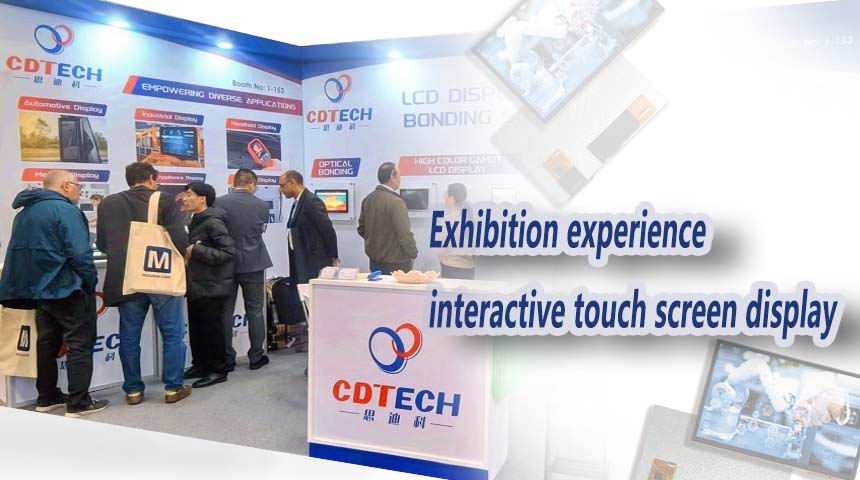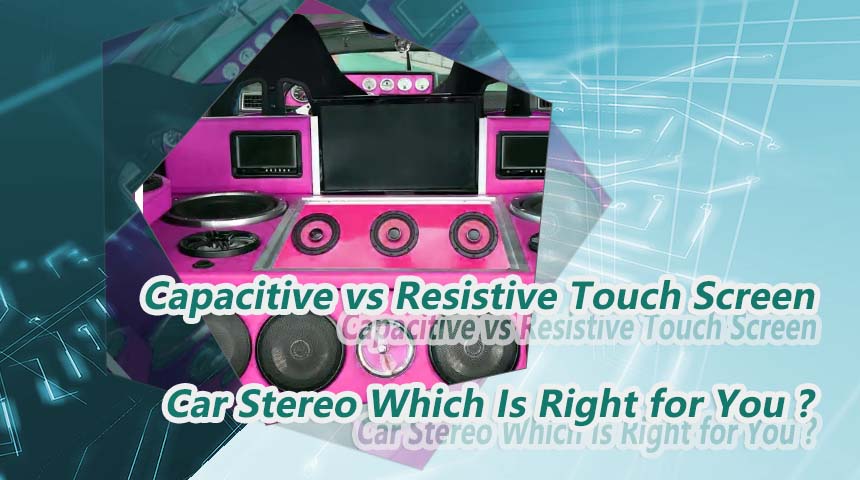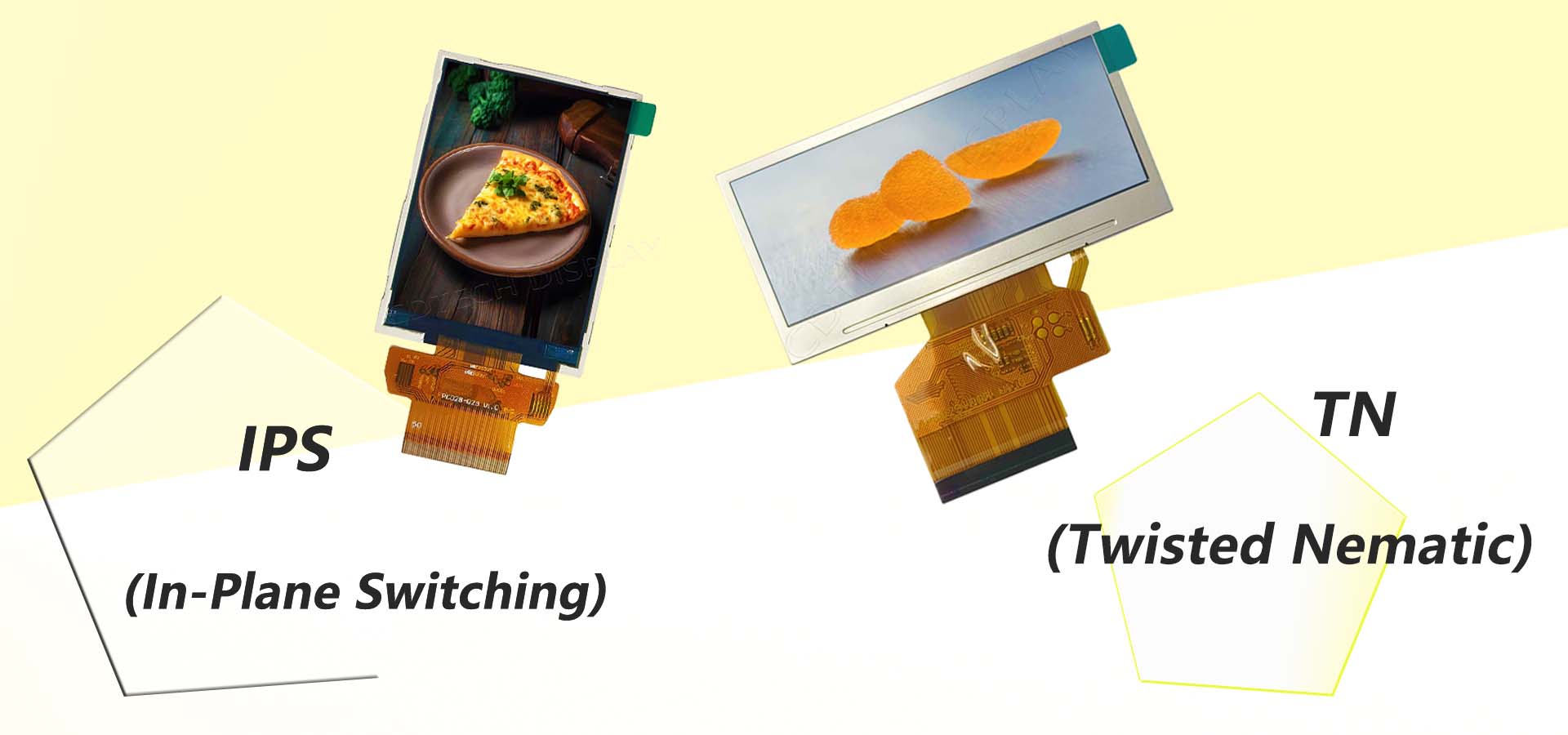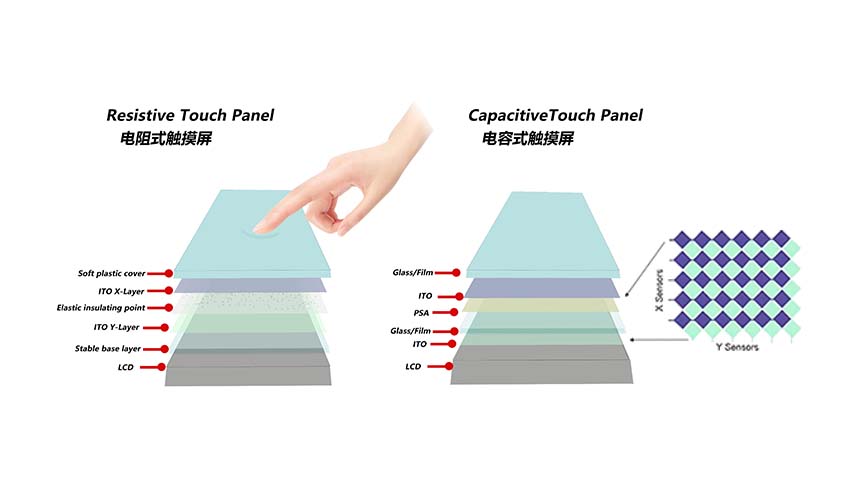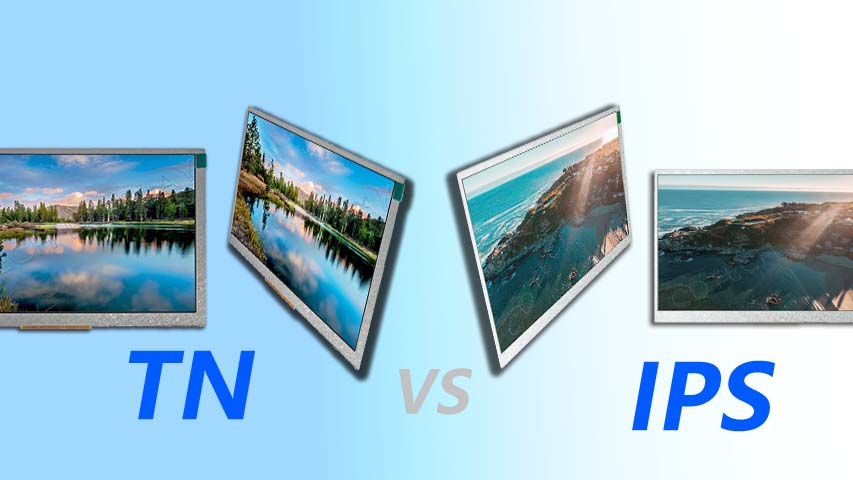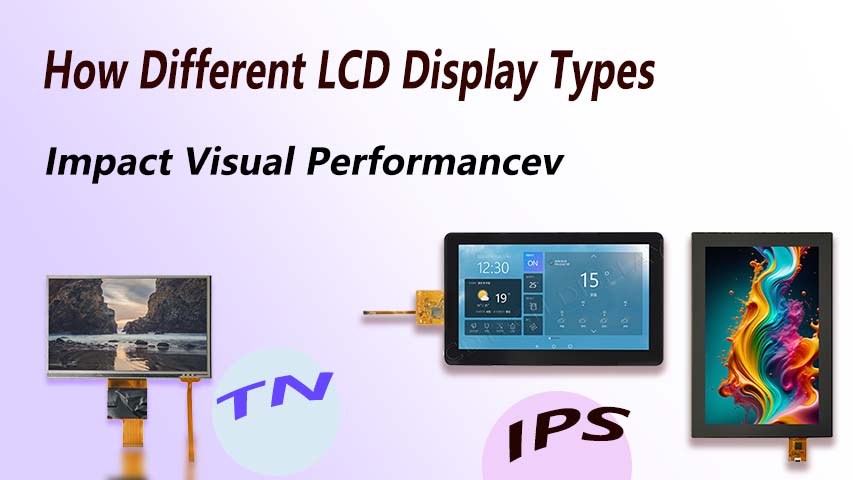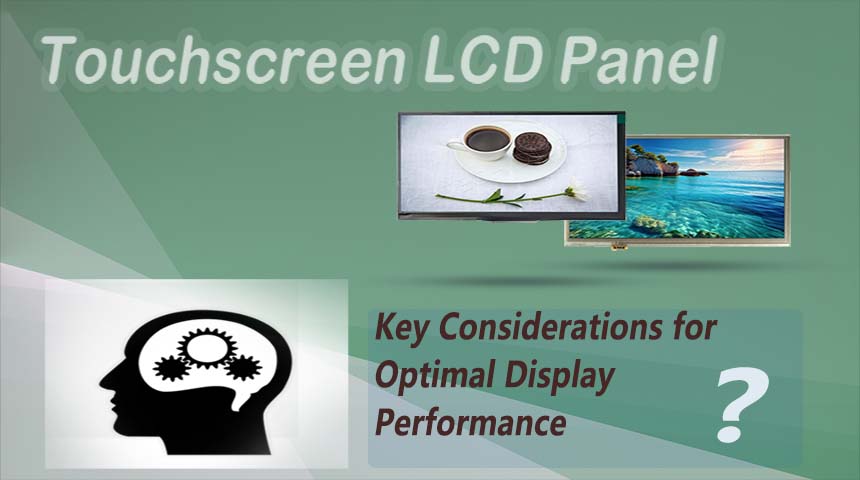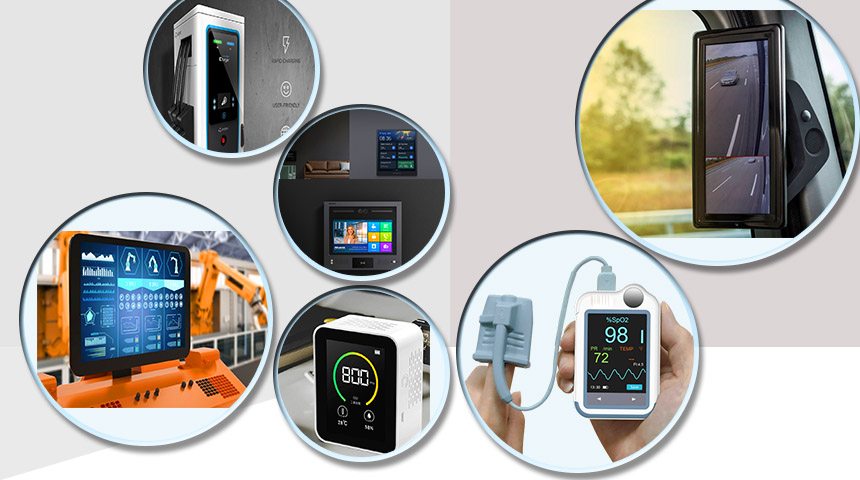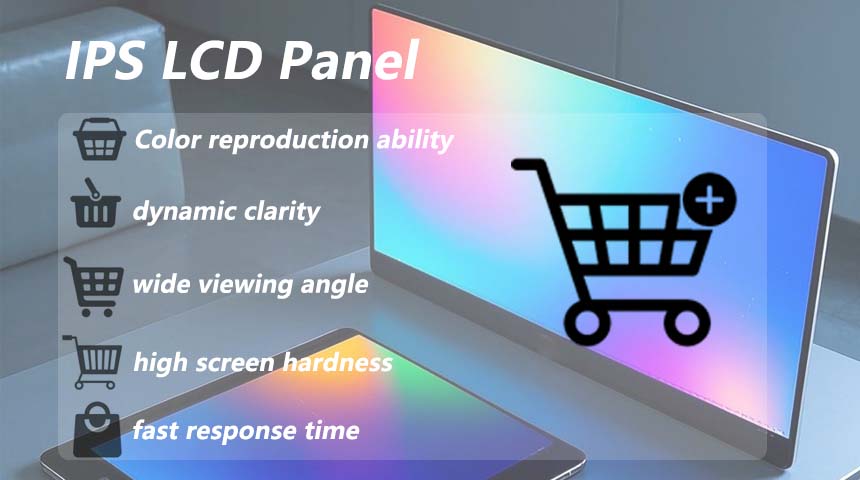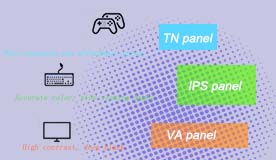Touch Screen Capacitive vs Resistive: Key Differences Explained
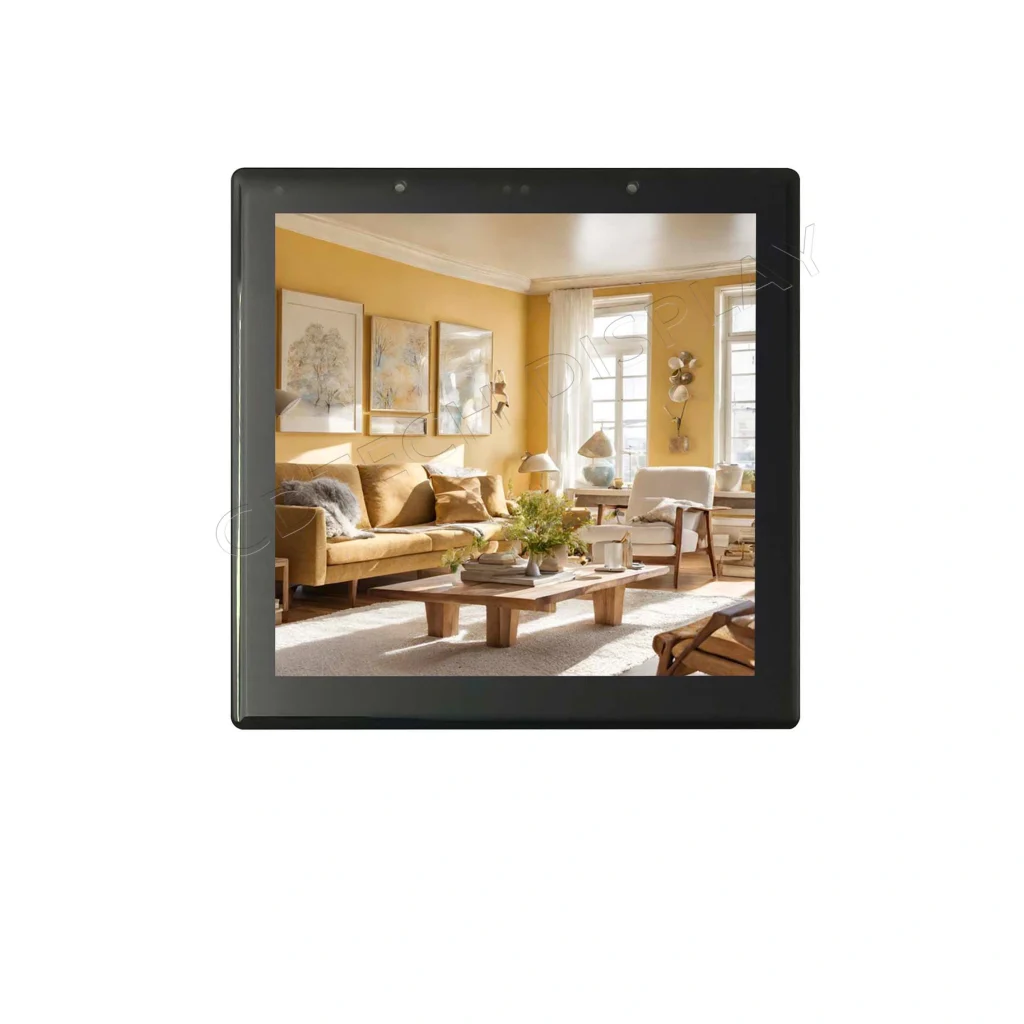
What Are Capacitive and Resistive Touch Screens?
Basic Principles of Capacitive Touch Screens
Capacitive touch screens work by using electrical conductivity. They have a clear conductive layer, often indium tin oxide (ITO), spread across them. When someone touches the screen with a finger, it messes up the electric field on top. Sensors pick up this change. Then, they figure out the exact spot of the touch.
Basic Principles of Resistive Touch Screens
Resistive touch screens need pressure to work. They’re made of two bendy layers with a space between them. The top one is usually soft, like polyester. The bottom one is hard and covered with a conductive coating. When you press the screen, the layers touch at that spot. This closes an electric circuit, showing where the touch happened.
How Do Capacitive and Resistive Screens Work?
Mechanism Behind Capacitive Technology
Capacitive tech tracks touch by spotting changes in capacitance. The screen’s conductive layer makes an electric grid. When you touch it, your body’s natural charge mixes with this grid. That shifts the capacitance at certain points. Sensors catch these shifts and turn them into exact spots for the system to use.
Mechanism Behind Resistive Technology
In resistive screens, pressing makes the two layers meet. This meeting creates an electric signal tied to X and Y spots on the screen. Unlike capacitive ones, resistive tech doesn’t need a finger’s electric charge. It works with all sorts of tools instead.
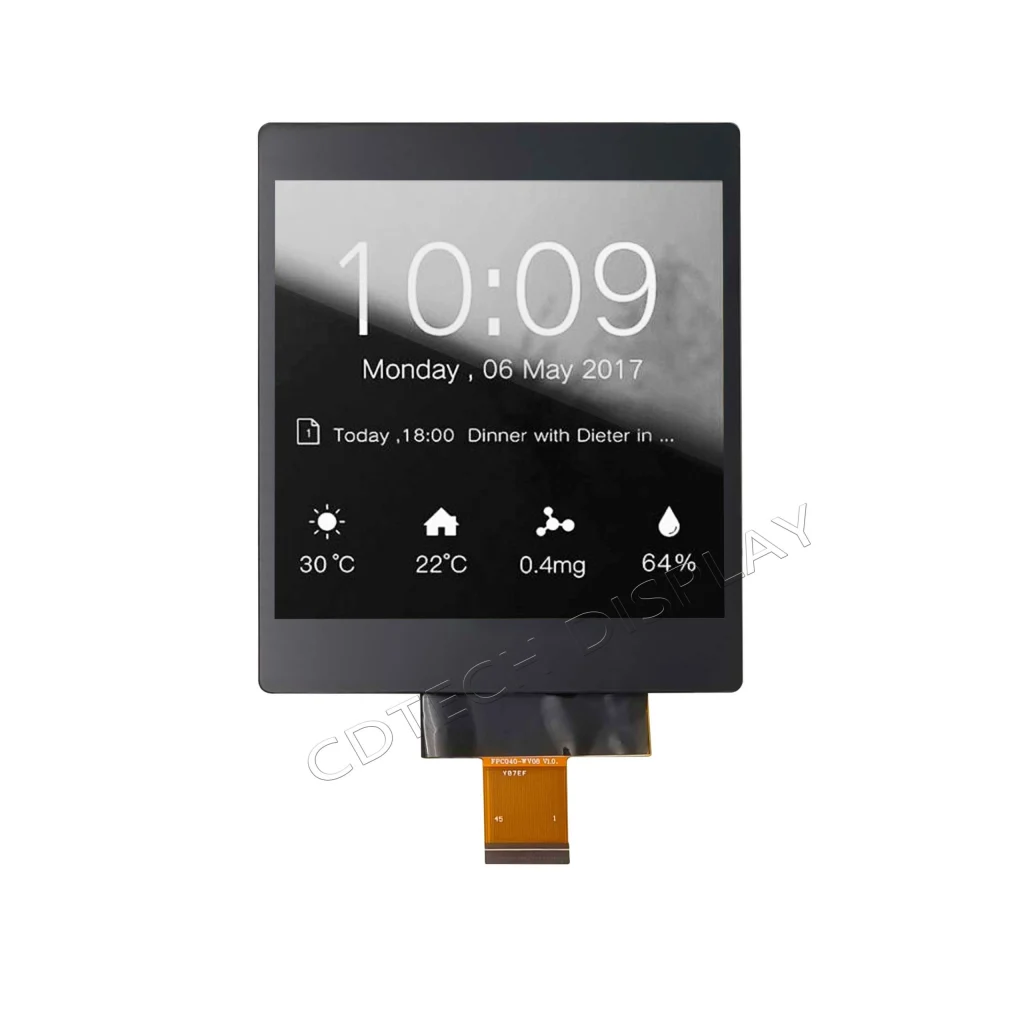
Which Type Offers Better Accuracy?
Sensitivity Comparison Between Capacitive and Resistive
Capacitive screens react well to soft touches since they use electric charge, not force. This makes moves like swiping or pinching feel smooth. Resistive screens need a firm press to work. That can slow things down a bit.
Precision in Different Use Cases
Capacitive screens shine where multitouch and quick response matter, like on phones or tablets. Resistive screens do better in places needing exact input with styluses or gloved hands. Think ATMs or factory machines.
Durability: Which One Lasts Longer?
Wear and Tear Resistance of Capacitive Screens
Capacitive screens hold up well against wear since they don’t have many moving bits. Their glass tops resist scratches. But they might break if dropped hard.
Longevity of Resistive Screens
Resistive screens can wear down from lots of pressing, especially in busy spots. Still, they handle dust or water better. They don’t need open circuits to work.
Are They Suitable for All Environments?
Performance of Capacitive Screens in Outdoor Conditions
Capacitive screens can falter outdoors if gloves or wet hands block conductivity. Newer ones, like CDTech’s CTP5000 series, have fixes to work better in those cases.
Effectiveness of Resistive Screens in Industrial Settings
Resistive tech fits industrial use well. It keeps working even with dirt, grease, or water around. Devices like CDTech’s RTP7000 series are tough and built for hard settings where exact input is key.
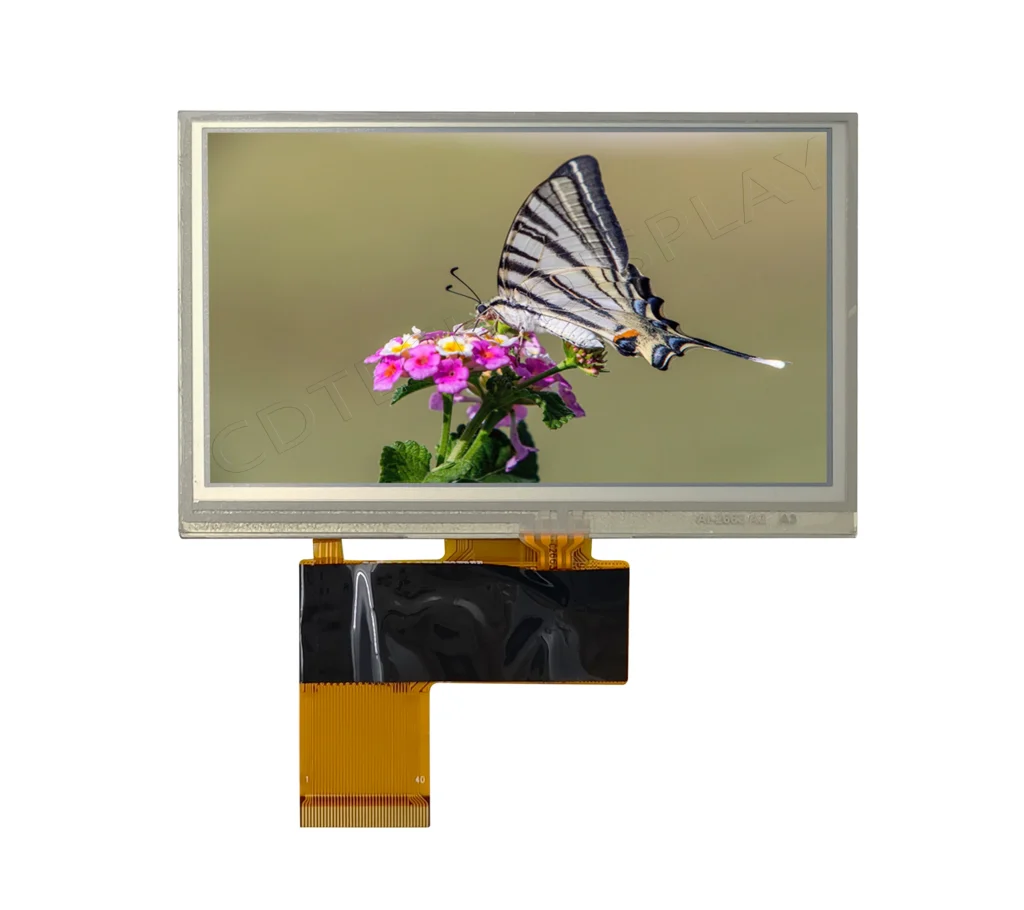
Can You Use Gloves or Stylus on Both Types?
Compatibility of Gloves with Capacitive Screens
Capacitive screens need your skin’s electric charge to sense touch. Regular gloves don’t work unless they’re made to carry a charge. Special winter gloves with conductive threads can do the trick. They act like a finger for the screen.
CDTech’s CTP6000 series has tech to work with conductive gloves. It keeps things smooth even in cold places where gloves stay on.
Stylus Usage on Resistive Screens
Resistive screens don’t care about electric charge. They work when you press them. That means they’re fine with basic styluses, pens, or even nails.
CDTech’s RTP8000 series resistive screens are great for jobs needing precise stylus input. Their sturdy build keeps them accurate in tough spots.
Cost Differences Between Capacitive and Resistive Screens
Price Range for Capacitive Technology
Capacitive screens cost more because of their fancy tech and sharp sensitivity. Things like multitouch and fast response bump up the price. You see them in gadgets like phones and tablets where ease matters most.
CDTech’s CTP7000 series brings high-end capacitive options for industries wanting sleek looks and easy use. They’re pricier but worth it for top features and strength.
Affordability of Resistive Options
Resistive screens cost less than capacitive ones. Their simple setup and press-based input keep prices down. They’re good for jobs that don’t need multitouch or extra sensitivity. You’ll find them in machines, ATMs, and places valuing toughness over style.
CDTech’s RTP9000 series shows cheap can still be reliable. These panels work well at a low cost, perfect for tight budgets.
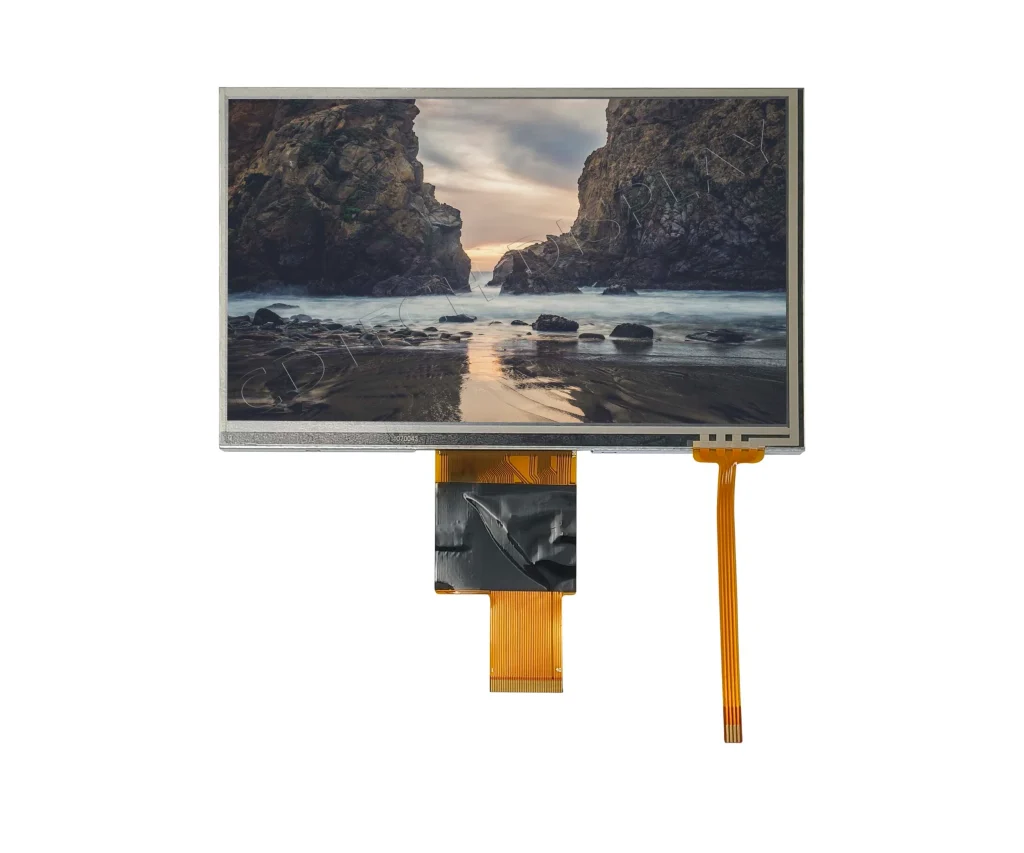
Why Choose CDTech’s Touch Screen Solutions?
Advantages of CDTech’s Capacitive Products
CDTech’s capacitive stuff stands out for being super sensitive and quick. The CTP5000 series has cool extras like better outdoor clarity and glove-touch support. These fix usual capacitive weak spots. They work for everything from home gadgets to store displays.
CDTech sticks to quality too. Their capacitive options last long with little upkeep. That focus on strength and user feel makes them a solid pick.
Benefits of CDTech’s Resistive Products
CDTech’s resistive gear is built for accuracy and toughness. The RTP7000 series can handle dust, wet, and wild heat, great for factory floors. These panels stay precise even after heavy use, keeping things steady in rough spots.
Plus, CDTech keeps resistive options cheap without skimping on quality. The RTP8000 series mixes low cost with strong performance. It’s a fit for industries wanting reliable, budget-friendly screens.
FAQ
Q: Can I use any type of stylus on a capacitive screen?
A: No, capacitive screens need styluses with conductive stuff to pick up input well.
Q: Are resistive screens good for outdoor use?
A: Yes, resistive screens do fine outside. Things like water or dirt don’t mess them up much.
Q: Which CDTech product is best for industrial applications?
A: The RTP9000 series is tops for industrial use. It’s tough and precise in hard settings.
Q: Do CDTech capacitive screens support multitouch gestures?
A: Yes, ones like the CTP6000 series handle multitouch moves for better user control.


 2025-04-08
2025-04-08  11:50
11:50 